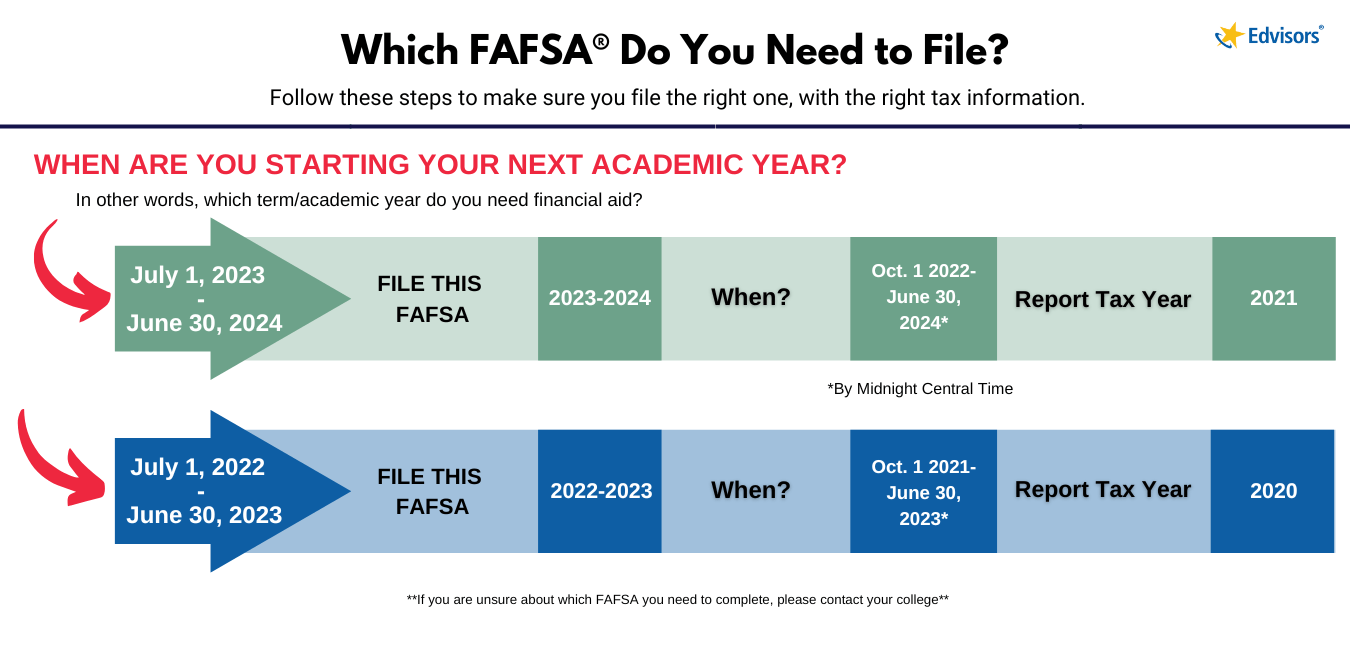
Federal grants and scholarships are available to nursing students who want to pursue a career. These funds can be used to fund both undergraduate and graduate nursing programs. Many scholarships and grants are also available for male nursing students. Here are some scholarships and grants available for American Indian and other ethnic minority students.
Scholarships
Nursing scholarships are available to assist students in paying for school. These scholarships range in value from $500 to $1000 and are directly deposited into the college account of the recipient. Candidates must have a minimum 2.5 GPA and be US citizens to apply. These awards are typically awarded to first-year nursing students. The application process is fast and simple, with the deadline set for December 31st.
Minority students are also eligible to apply for a scholarship. AAPINA members must be enrolled at a college or university in a nursing program. Minority students must be American/Alaska Native, Asian/Pacific Islander, African American, or Hispanic. Scholarship amounts can range from $1,000 to $2,000, depending on the amount of merit.
Grants
Nurse grants are available to assist with the costs associated with attending nursing school. The amount awarded varies based on the applicant's financial need and the program's guidelines. The award typically covers tuition and a monthly stipend to cover living expenses. An online application and personal statement must be submitted in order to apply. In addition, you must be a student in financial need and be accepted to a nursing program.

Federal and state governments offer nurse grants. Some grants can be used to supplement need-based or merit-based scholarships for students. Massachusetts students are eligible for up to $2,500 in state grants. Native Hawaiian students also have the option of receiving nursing grants from Department of Health and Human Services. Nurse grants are offered to students in different locations and can be customized to fit their needs.
Scholarships for male nurses
Scholarships to male nurses are financial aid for men who want to pursue a career of nursing. These scholarships are intended to assist men at all ages in nursing. Many donors see the benefits of supporting more male nurses. There are many organizations that offer scholarships to male nurses, including the American Association of Male Nurses.
Men can get scholarships to become nurses, even though they may have fewer options. Many nurses work on an hourly pay scale, meaning that men are less likely to earn than their female counterparts. The salary scale for nurses should be proportional to experience, education, skill level, and other factors. Organizations are encouraging more men into the nursing profession to make this a reality.
Scholarships available for American Indian students or other ethnic minority students
Scholarships are available for members of American Indian and other ethnic minority communities. Scholarships for American Indian or other ethnic minority individuals can go a long way in helping you afford a college education. To apply for a scholarship, gather all necessary information. This information includes transcripts, tribal identification cards, financial information, and volunteer experience. Start preparing as soon as you can for the application process if you are in highschool.
One of the largest scholarships for American Indian or other ethnic minority students is provided by Wells Fargo. This scholarship is available to full-time degree-seeking students from accredited colleges in the U.S. or Alaska. To be eligible, applicants must belong to a federally recognized tribe.

Scholarships for nurses in nephrology
You may be wondering how to obtain funding if you are a nephrology nursing nurse. You can get funding for your education through a few scholarships. One such organization would be the American Nephrology Nurses Association. This group promotes nephrology nurses by funding research and education and improving the care of patients. It also provides members with a forum for networking and sharing knowledge. There are over 9,000 ANNA memberships, ranging all levels of the profession from researchers to nurses.
The ANNA awards scholarships and grants to members who are involved in nephrology nursing. Annual scholarships are given to members who demonstrate the potential to excel in nephrology. To be eligible, applicants must be a member of ANNA and be actively involved in nephrology nurse services for at least 2 years. They also need to be enrolled in a baccalaureate degree program and demonstrate an aptitude for the field.
FAQ
What is the main difference between schooling and college?
Schools are often divided into classes or grades, with one teacher teaching a class of students. Colleges offer more specialized programs, and many include university-level classes. While schools tend to focus on the basics, colleges can offer courses in a wide range of subjects, including science, language, business, and arts. Both levels have a curriculum that prepares students for higher education.
How long should I spend studying each semester
The time you spend studying will depend on several factors.
In addition to these factors, some schools may require you to take certain classes yearly. This means that you won’t be able to choose which courses you want to take in any given semester. Your advisor can help you determine which courses you should take in each semester.
What are some ways you can get scholarships?
Scholarships can be granted to help cover college expenses. There are many kinds of scholarships. These include:
-
Federal Grants
-
State Grants
-
Student Loans
-
Programs for Work Study
-
Financial Aid
Federal grants come directly from the U.S. government. Federal grants usually require applicants to meet specific requirements. You will need to prove financial need.
State grants can be offered by the individual states. Some states offer these funds based on financial need; others award money for specific reasons.
Banks and lending institutions offer student loans. Students typically borrow money to cover costs such as tuition and living expenses.
Employers should be encouraged to use work-study programs to help them hire qualified students. Employers are required to pay employees at least minimum wage.
Financial aid covers the majority or all of the tuition costs for low-income families.
What is the difference between private schools and public schools?
All students can attend the public school for no cost. They provide education from kindergarten through high schools. Tuition fees for private schools are payable by each student. They provide education from preschool to college.
Charter schools, which are private but publicly funded, are also available. Charter schools are not bound by traditional curricula. Instead, charter schools give their students more freedom in learning what interests them.
Charter schools are popular with parents who believe their children should receive quality education regardless of their financial status.
What is homeschooling, exactly?
Homeschooling is an educational method where children are educated at home by their parents. It's also known as home education, self-education, and home educating.
Family members who want to teach their children at home can opt for homeschooling. This method allows them to receive a quality education without leaving the comfort of their own home.
From birth, parents educate their children until high school. They decide what subjects and how long they should study. Every subject is taught by the student in his/her own time.
The parents decide when to teach their children. Many schools recommend that children enroll in classes between the ages four and twelve. Some families decide to wait until kindergarten to start teaching their children.
Any number of resources can be used by parents to guide them through the curriculum. Books, videos, websites, and even magazines provide valuable lessons.
Many families find homeschooling a great fit for their busy schedules. Parents can spend more time with their children than in traditional public schools.
Statistics
- They are more likely to graduate high school (25%) and finish college (116%). (habitatbroward.org)
- Data from the Department of Education reveal that, among 2008 college graduates, 92.8 percent of humanities majors have voted at least once since finishing school. (bostonreview.net)
- Globally, in 2008, around 89% of children aged six to twelve were enrolled in primary education, and this proportion was rising. (en.wikipedia.org)
- Among STEM majors, that number is 83.5 percent. (bostonreview.net)
- These institutions can vary according to different contexts.[83] (en.wikipedia.org)
External Links
How To
How can I apply for scholarships
Before you apply for scholarship funding, ensure that you are eligible. The criteria that you must meet to qualify for a scholarship are listed below.
If you are financially disadvantaged, you may be eligible for a grant. A vocational training course can be eligible to qualify you for work-study programs. You may also be eligible for a grant if you belong to a minority group.
Once you've determined your eligibility for a specific type of scholarship, it is time to start applying.
You can apply online, in person, or over the phone. The process for applying depends on the scholarship.
Some scholarships require you to submit essays about yourself and why you want the money. Others ask questions like, "Why did you choose this major?"
You must fill out an application for scholarships and attach supporting materials.
The information you supply will be reviewed by your scholarship provider. You will be notified by email or postal mail if you are selected.
You may still be eligible for another scholarship even if you aren't selected. Contact your scholarship provider for details.